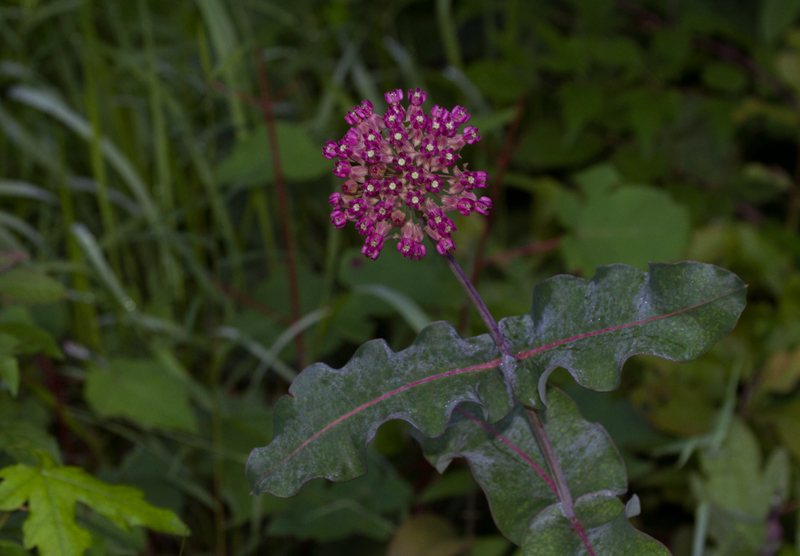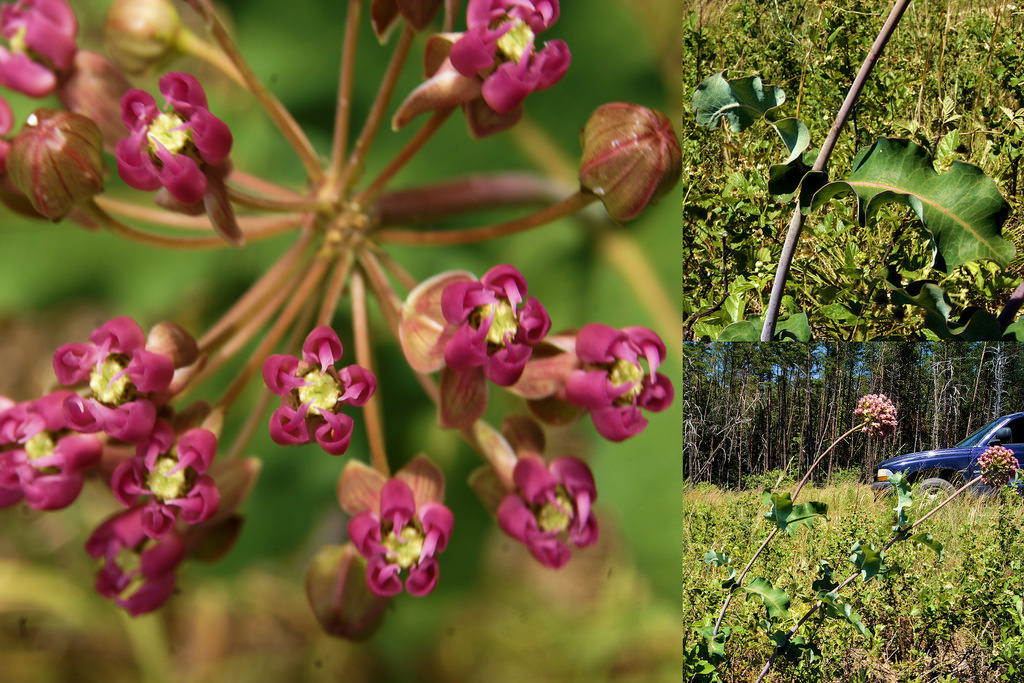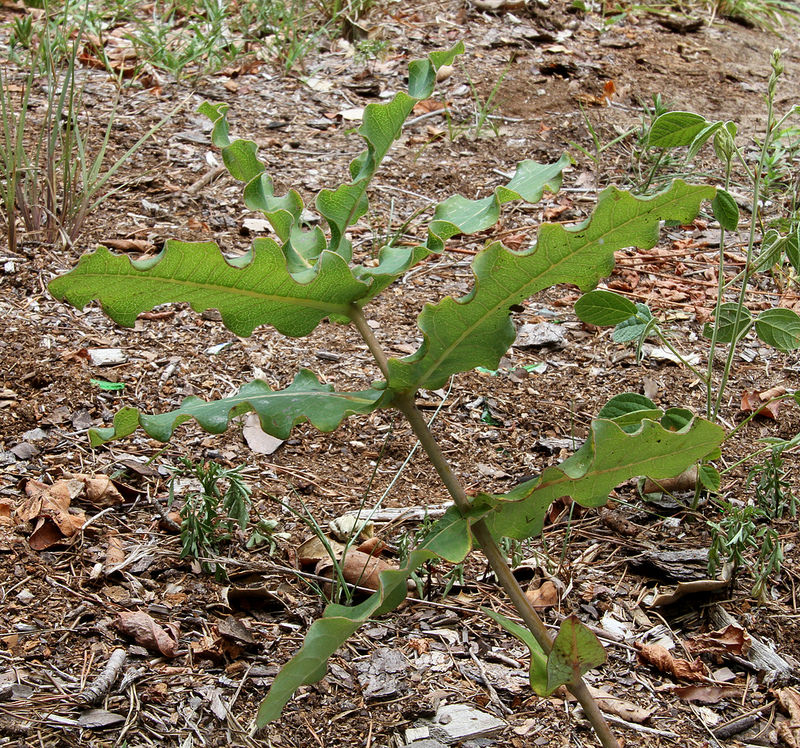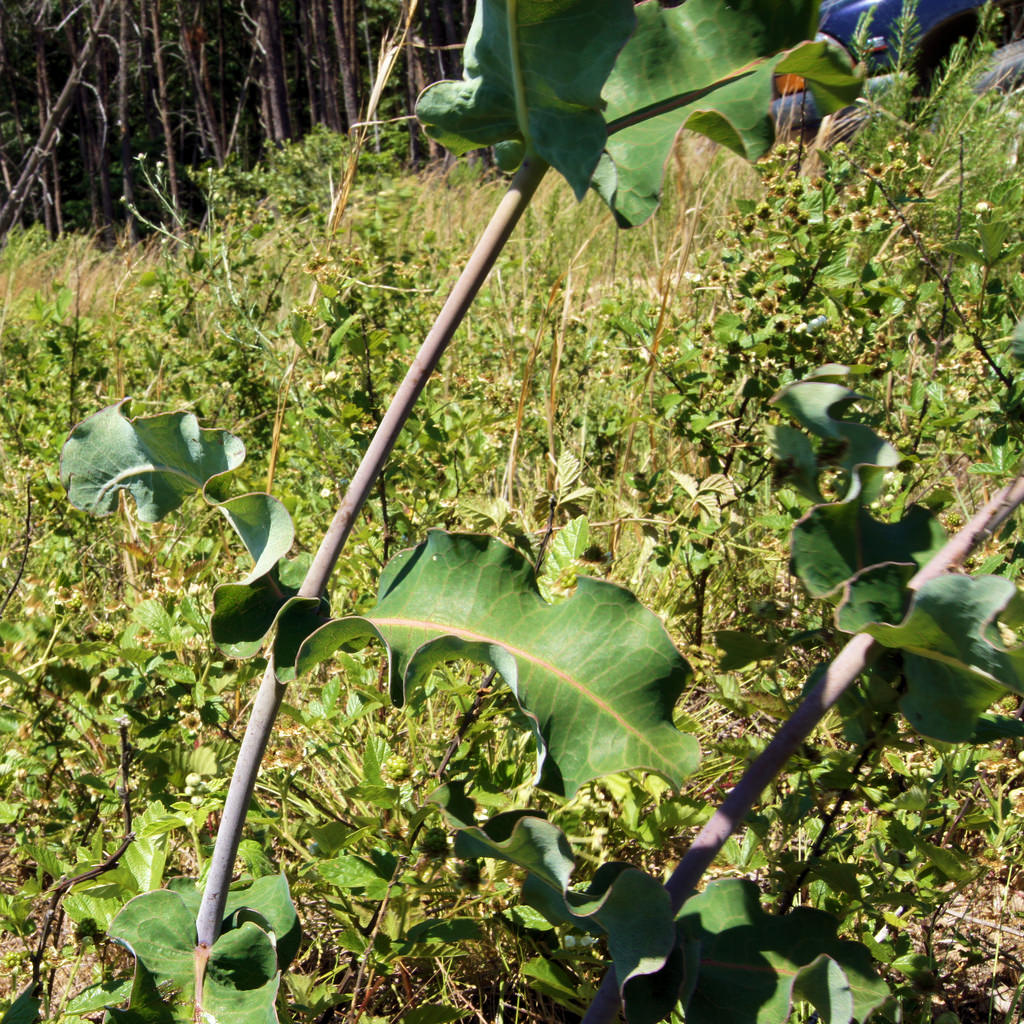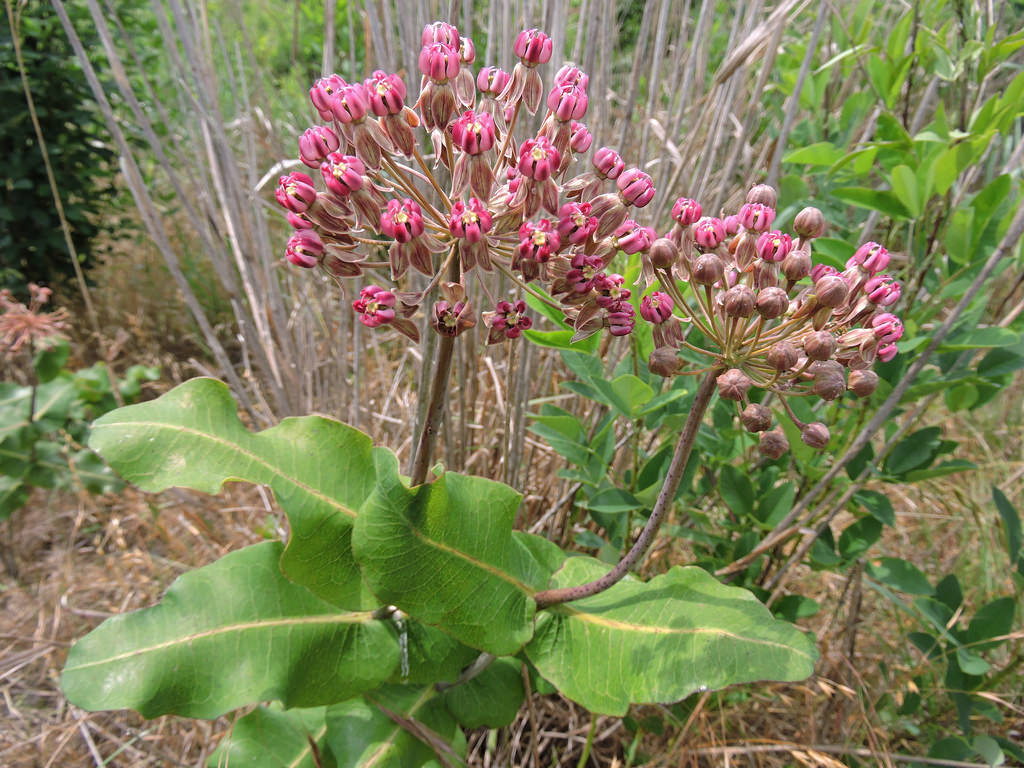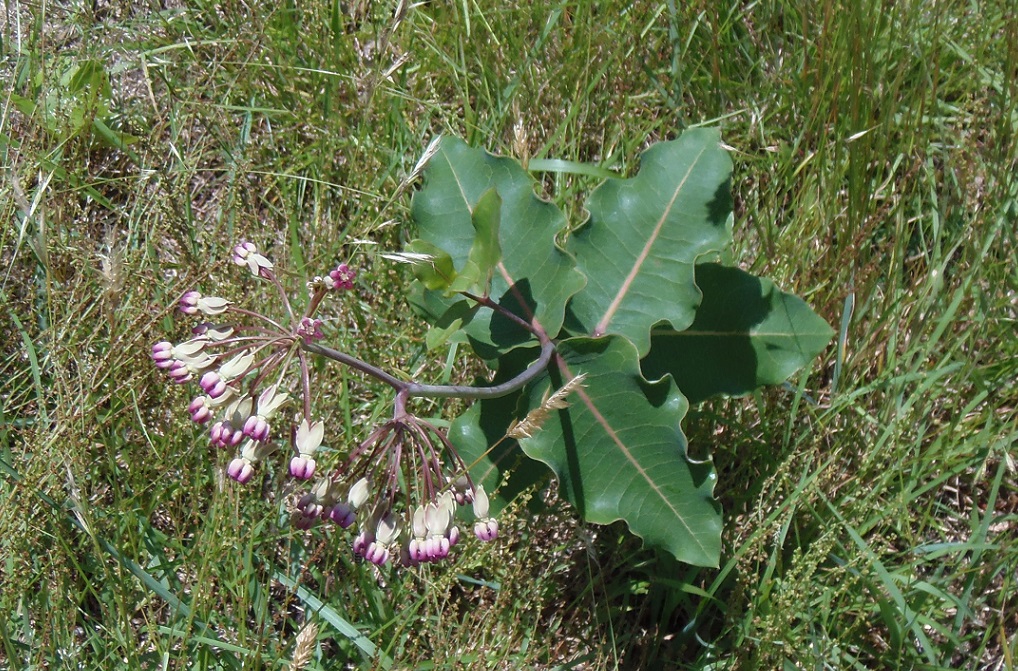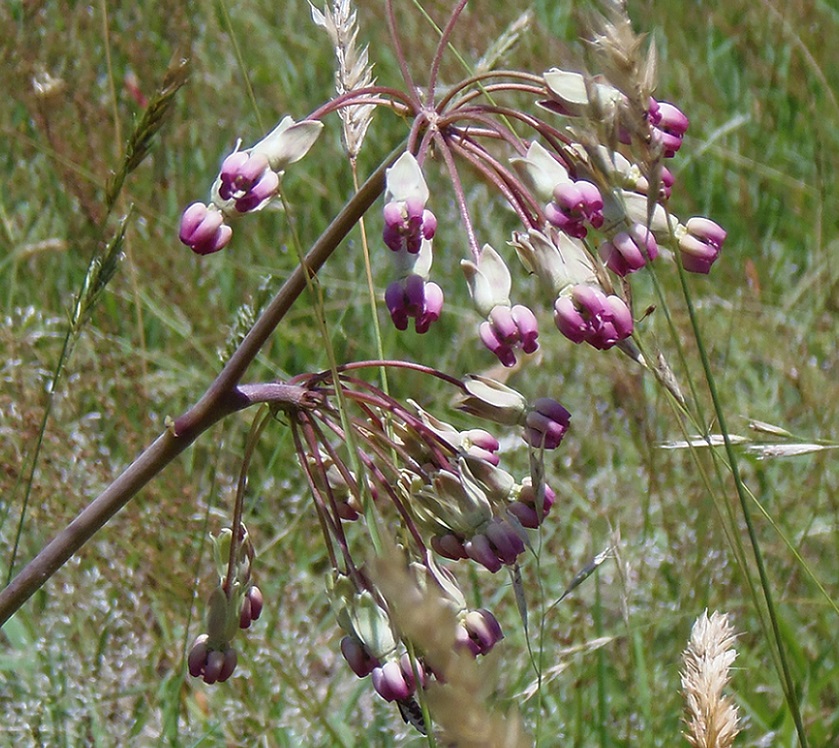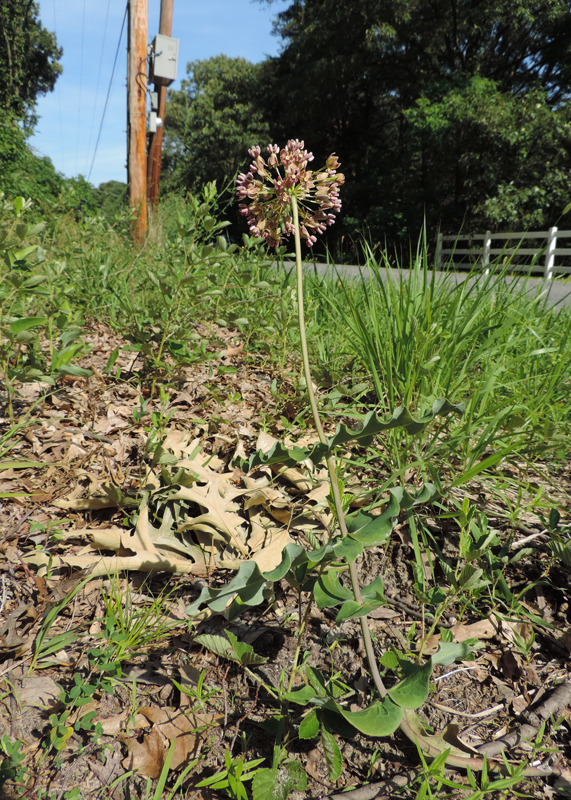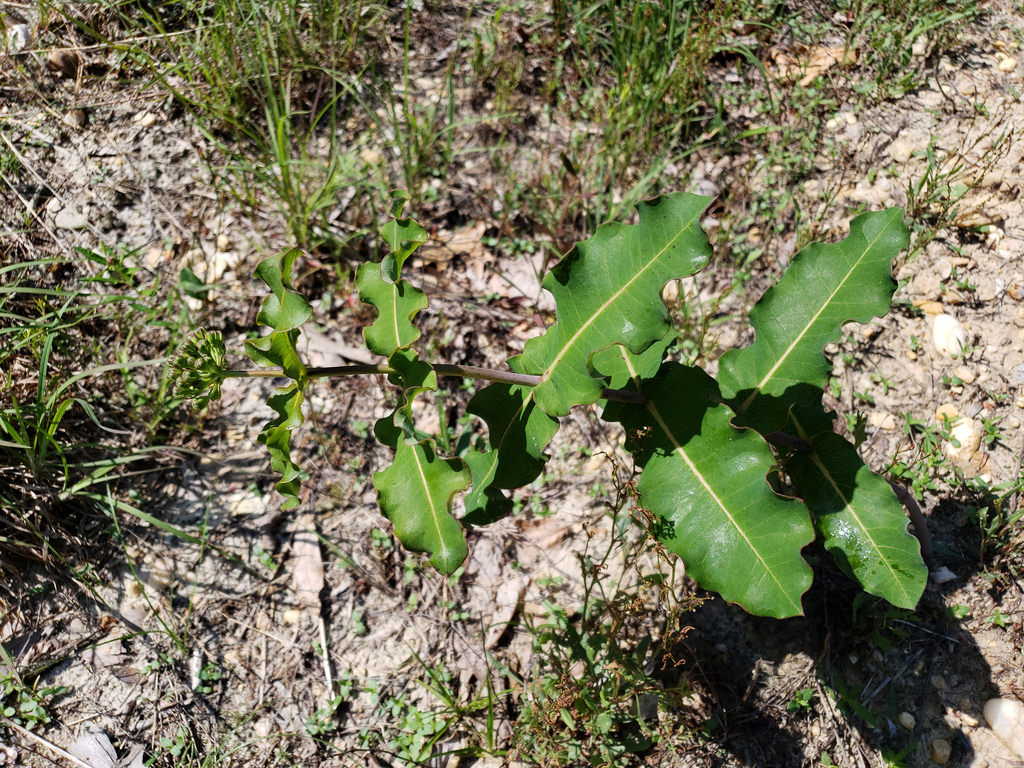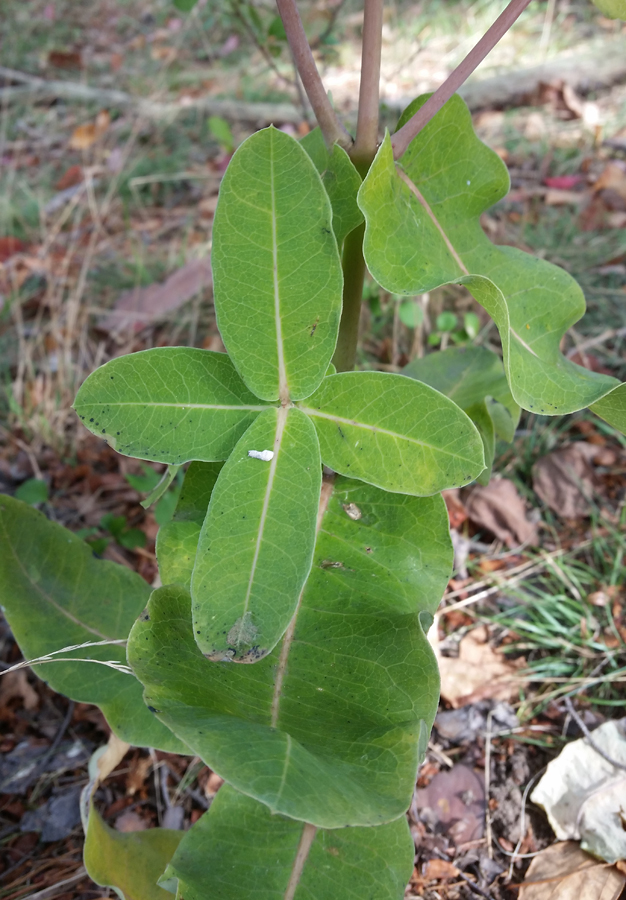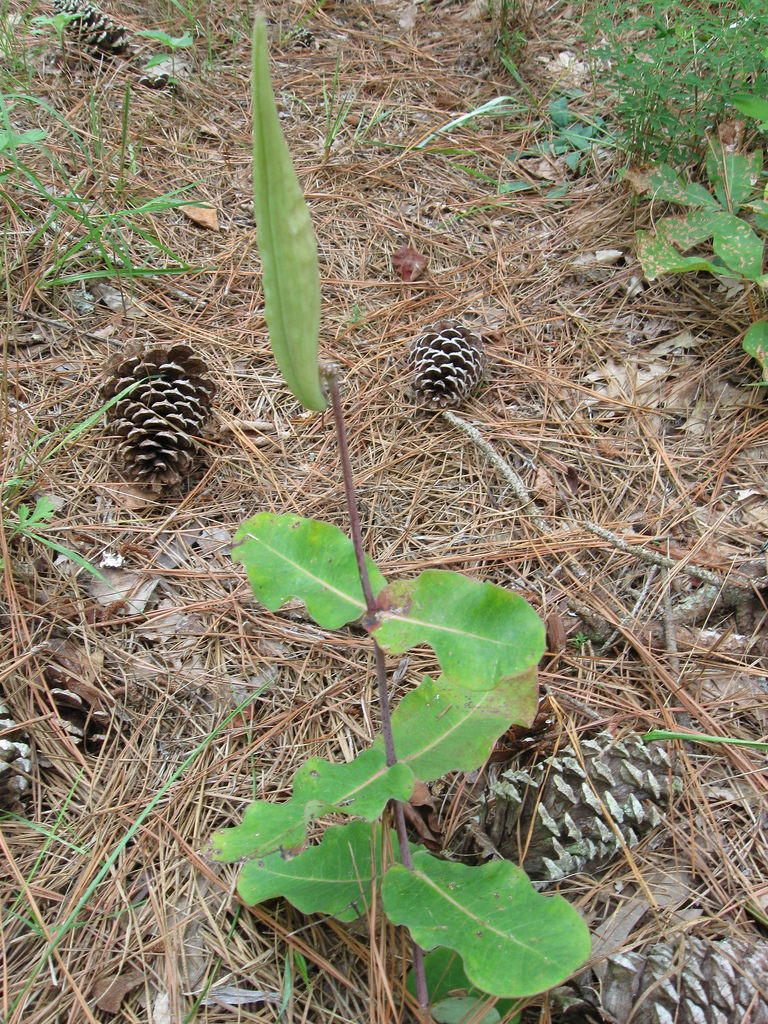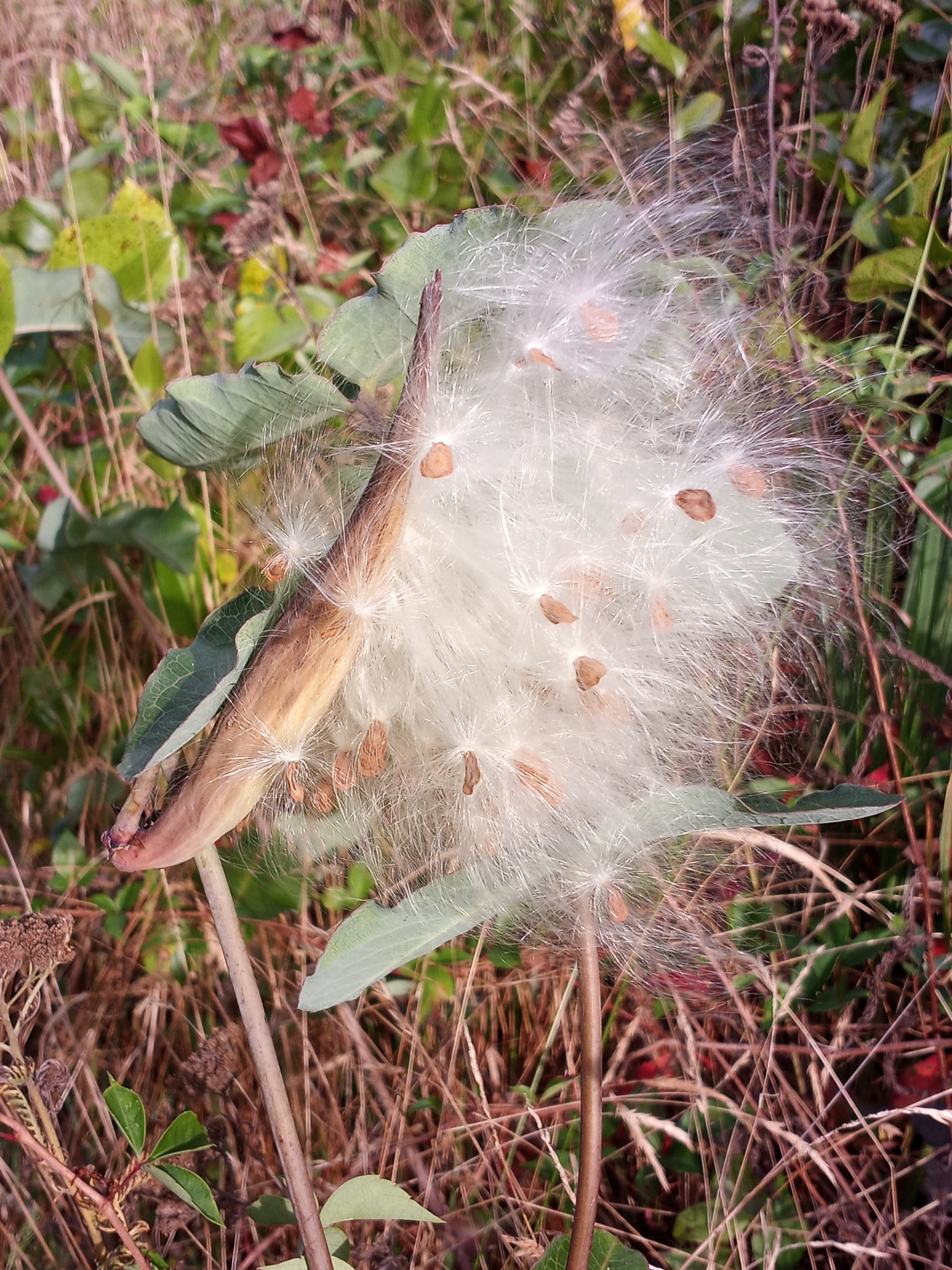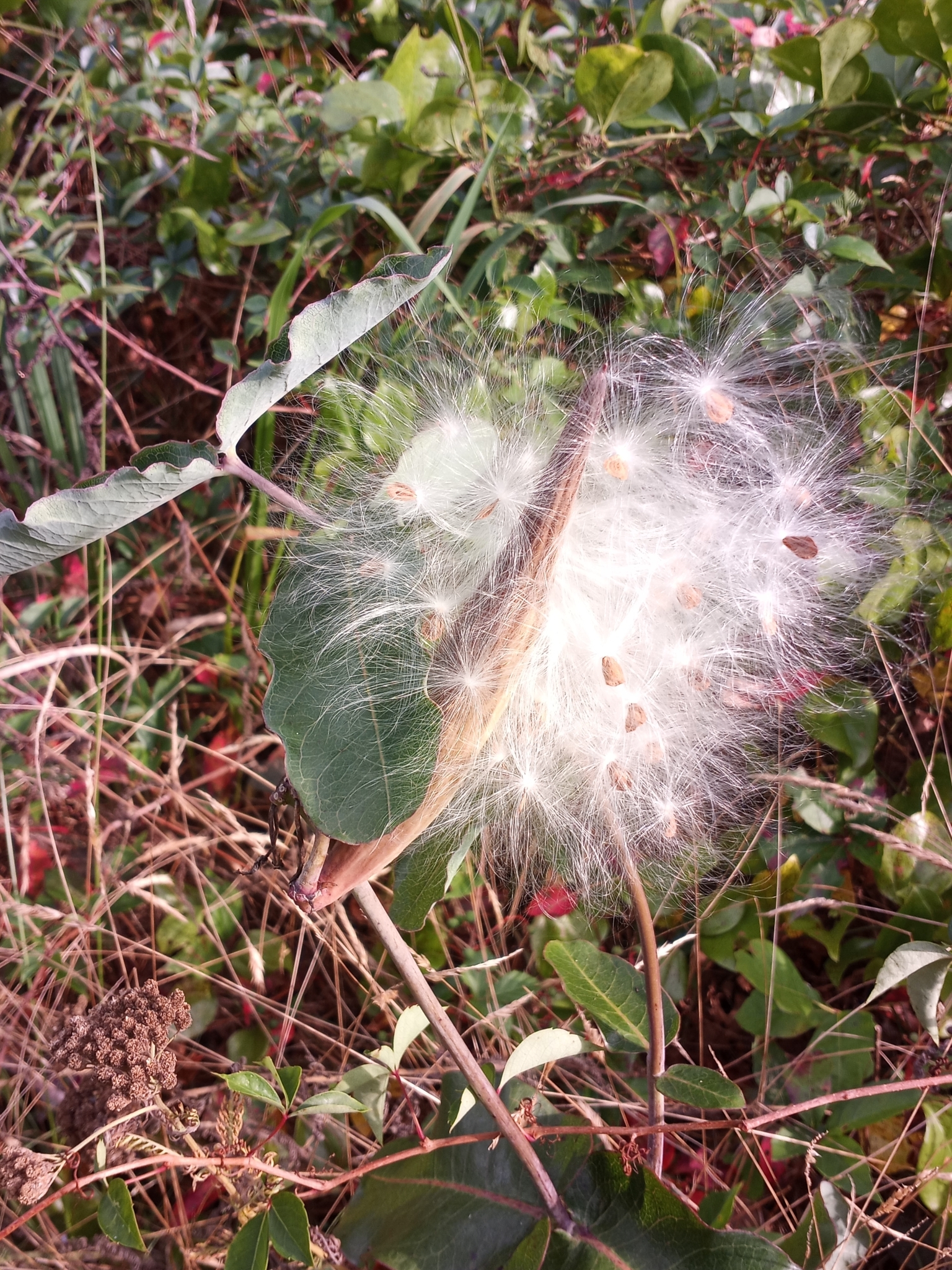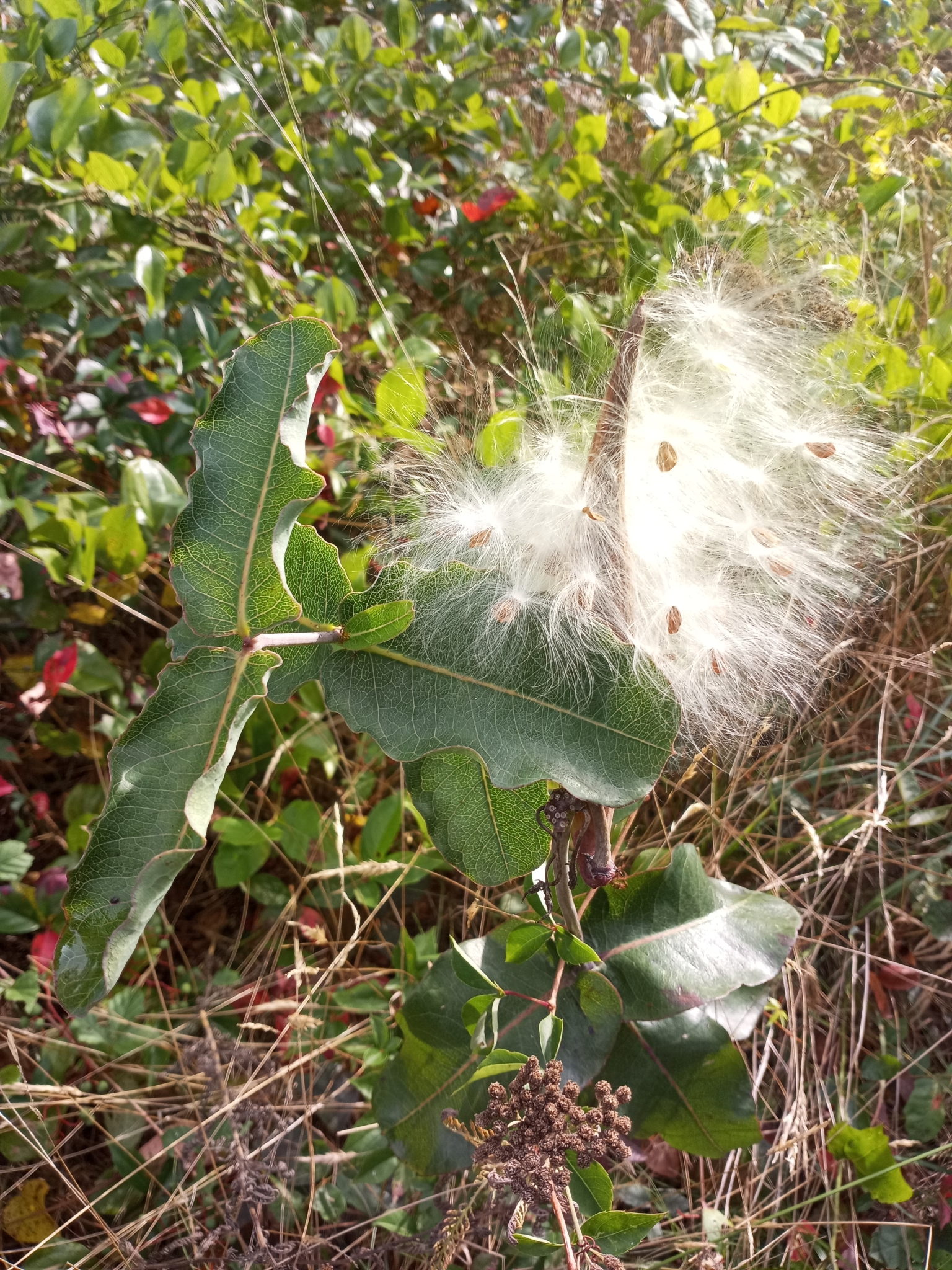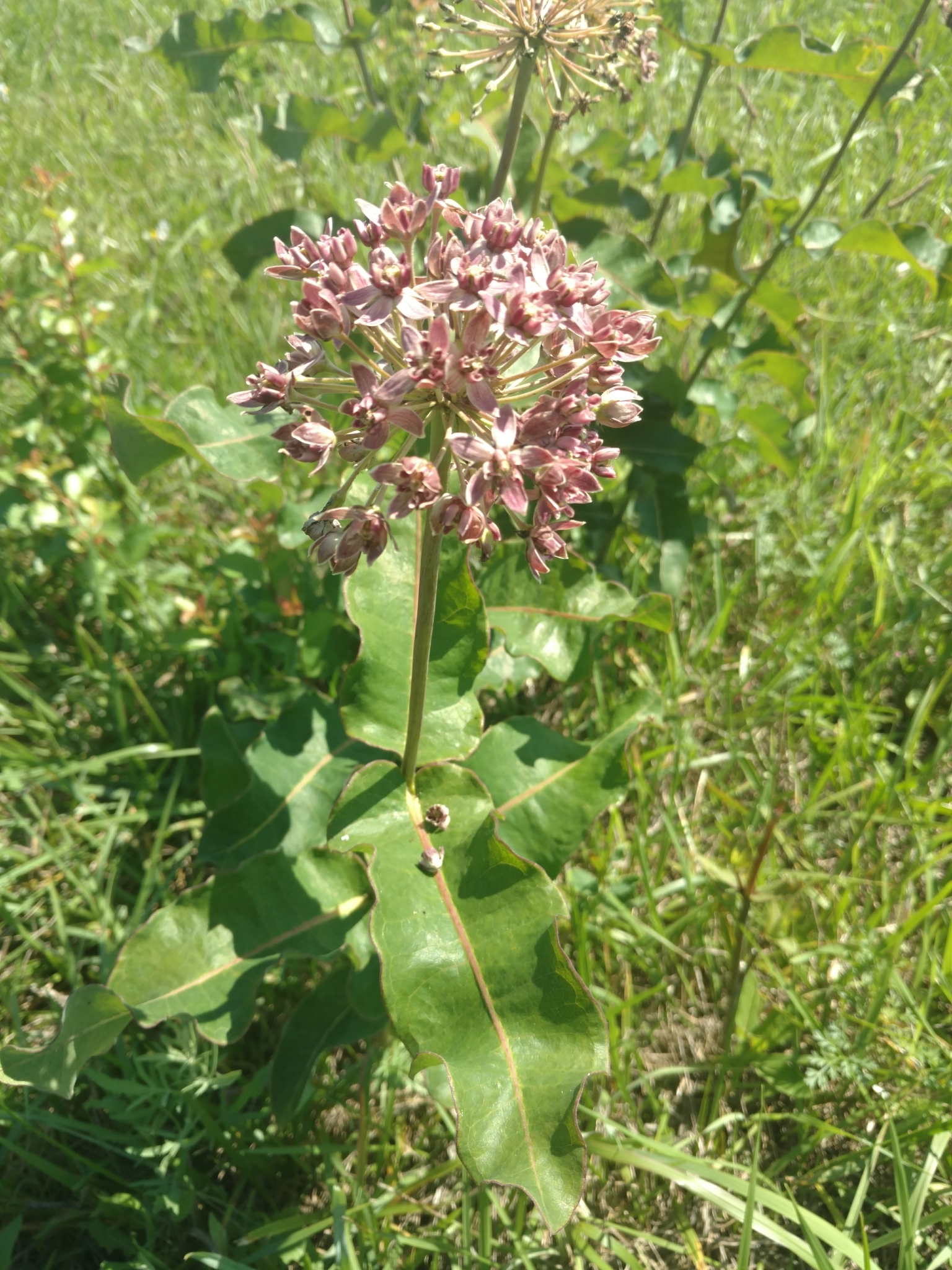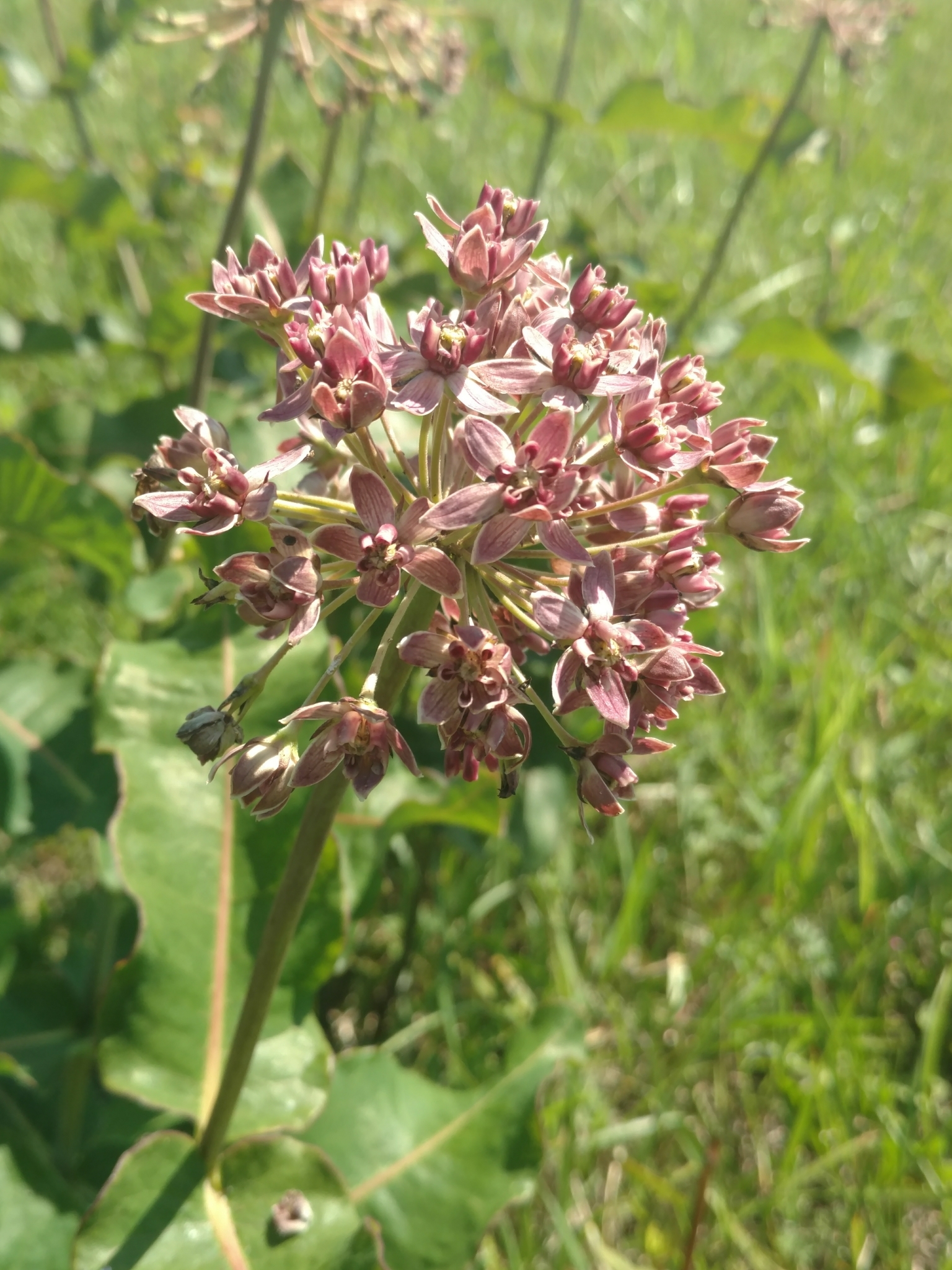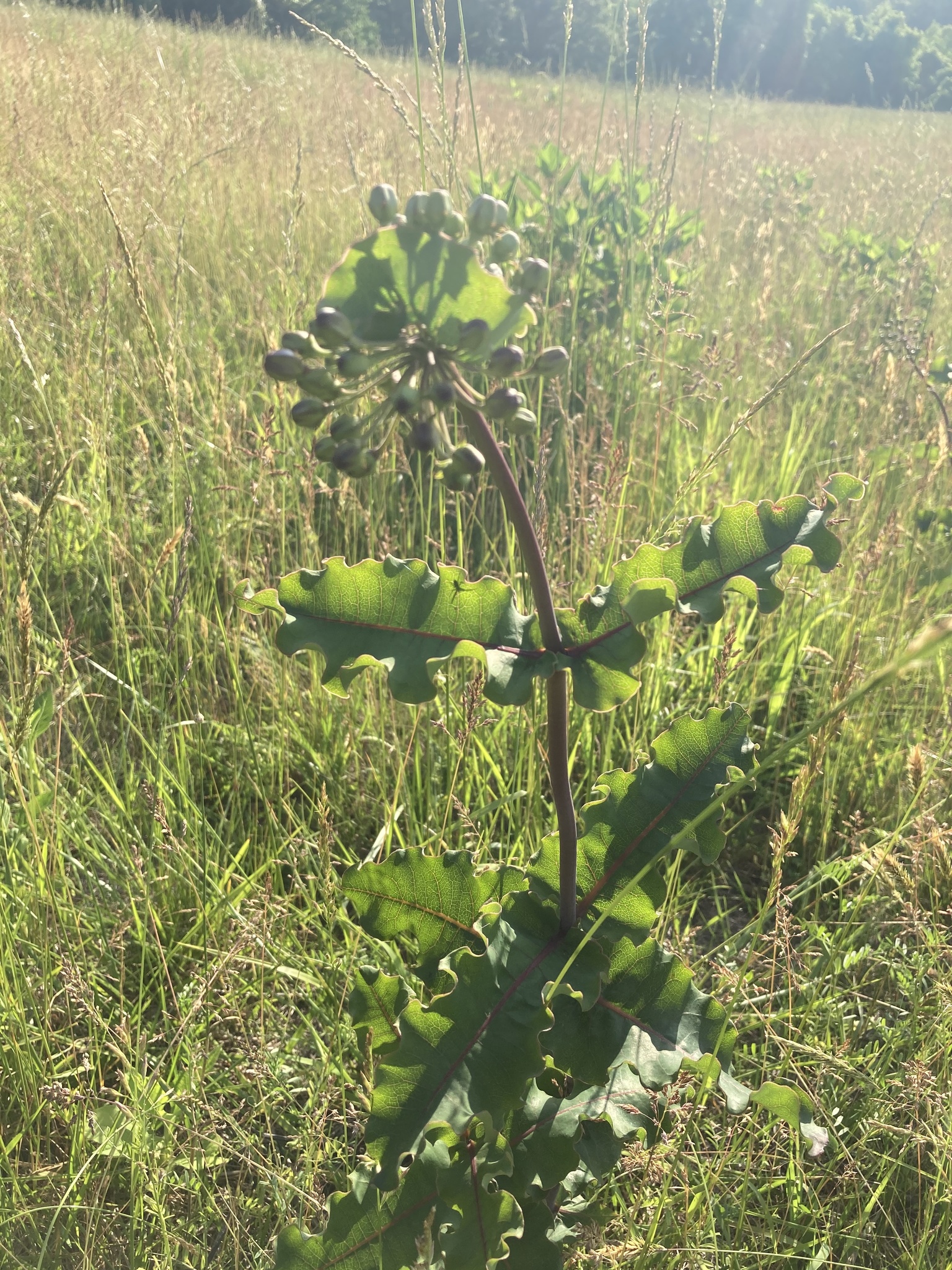Map Snapshot

















170 Records
Status
Clasping Milkweed “seems to occur in both deep sandy soils and heavy clays. This habit can be indicative of a species that tolerates droughty conditions. More than that, Clasping Milkweed is relatively intolerant of disturbances, so its ecology is more complex than simply drought-tolerant (Flora of Virginia Project).
Description
The leaf bases clasp the stem in this species. Less common than Common Milkweed, Clasping Milkweed can take years to flower and can even remain vegetative, especially if not in full sun or if only a few years old. In contrast to Common Milkweed, it is not rhizomatous or at least is not aggressively so (Flora of Virginia Project).
Seasonality Snapshot
Source: Wikipedia
| Asclepias amplexicaulis | |
|---|---|
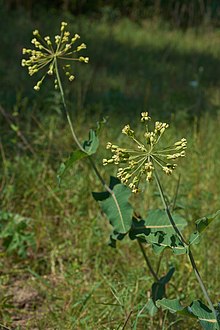
| |
| Scientific classification | |
| Kingdom: | Plantae |
| Clade: | Tracheophytes |
| Clade: | Angiosperms |
| Clade: | Eudicots |
| Clade: | Asterids |
| Order: | Gentianales |
| Family: | Apocynaceae |
| Genus: | Asclepias |
| Species: | A. amplexicaulis
|
| Binomial name | |
| Asclepias amplexicaulis | |
Asclepias amplexicaulis, the blunt-leaved milkweed, clasping milkweed, or sand milkweed, is a species of flowering plant in the subfamily Asclepiadoideae (Apocynaceae).[1][2] It is endemic to the United States, where it is mostly found east of the Great Plains.[3] It grows in dry prairies, savannas, open woods, and fallow fields, usually in sandy soil.[2][4][5]
Description
[edit]It grows 1–3 ft (0.30–0.91 m) high and produces flowers in the summer.[4]
This plant was eaten as food historically. However, it contains a poison dangerous to humans and livestock, so caution must be used if ingesting this plant.[6]
-
In flower at Nachusa Grasslands in Illinois
-
Line drawing
References
[edit]- ^ NRCS. "Asclepias amplexicaulis". PLANTS Database. United States Department of Agriculture (USDA).
- ^ a b Wilhelm, Gerould; Rericha, Laura (2017). Flora of the Chicago Region: A Floristic and Ecological Synthesis. Indiana Academy of Sciences.
- ^ "Asclepias amplexicaulis". County-level distribution map from the North American Plant Atlas (NAPA). Biota of North America Program (BONAP). 2014. Retrieved 24 January 2017.
- ^ a b "Asclepias amplexicaulis". Connecticut Plants. Connecticut Botanical Society. 2015.
- ^ Haddock, Mike (2018). "Blunt-leaf milkweed". Kansas Wildflowers and Grasses. Retrieved July 20, 2018.
- ^ "Asclepias amplexicaulis". Illinois Prairie. MuseumLink Illinois, Illinois State Museum Society. 2000.
External links
[edit] Media related to Asclepias amplexicaulis at Wikimedia Commons
Media related to Asclepias amplexicaulis at Wikimedia Commons
